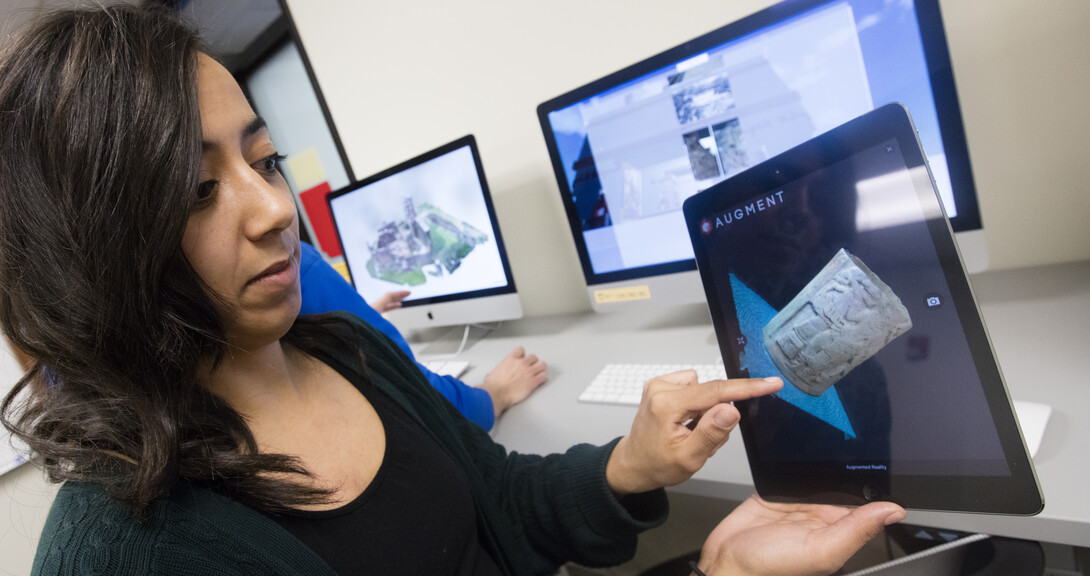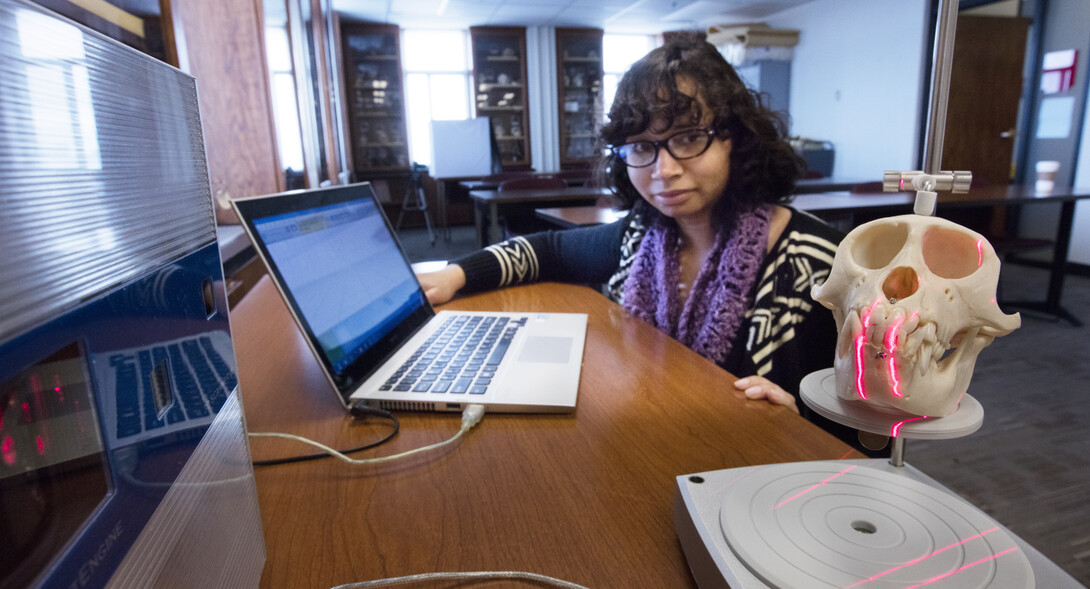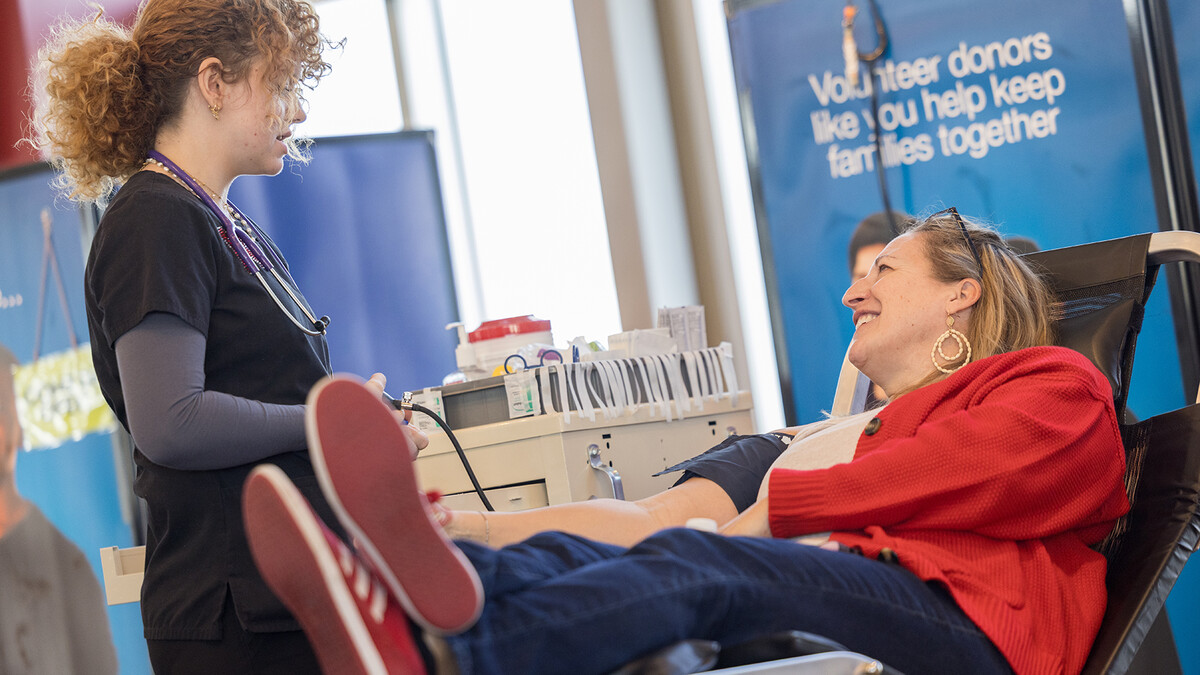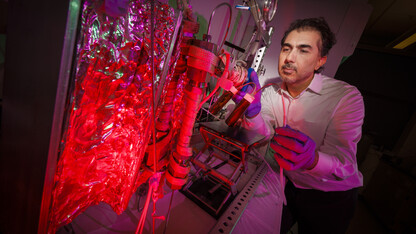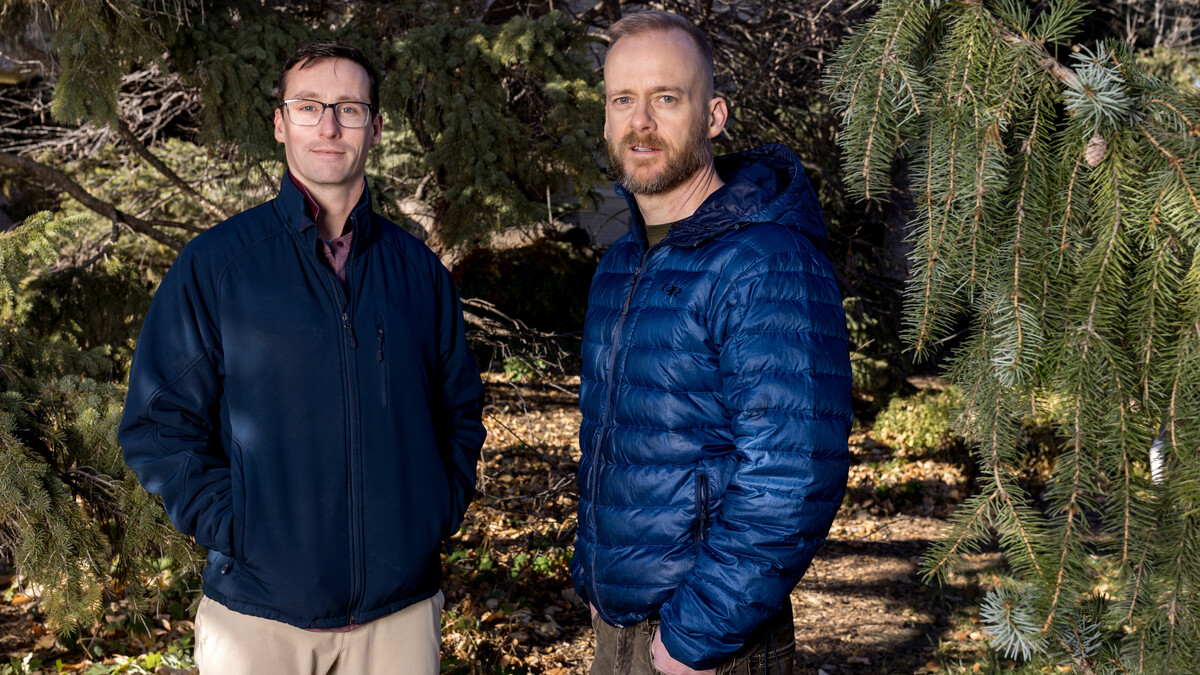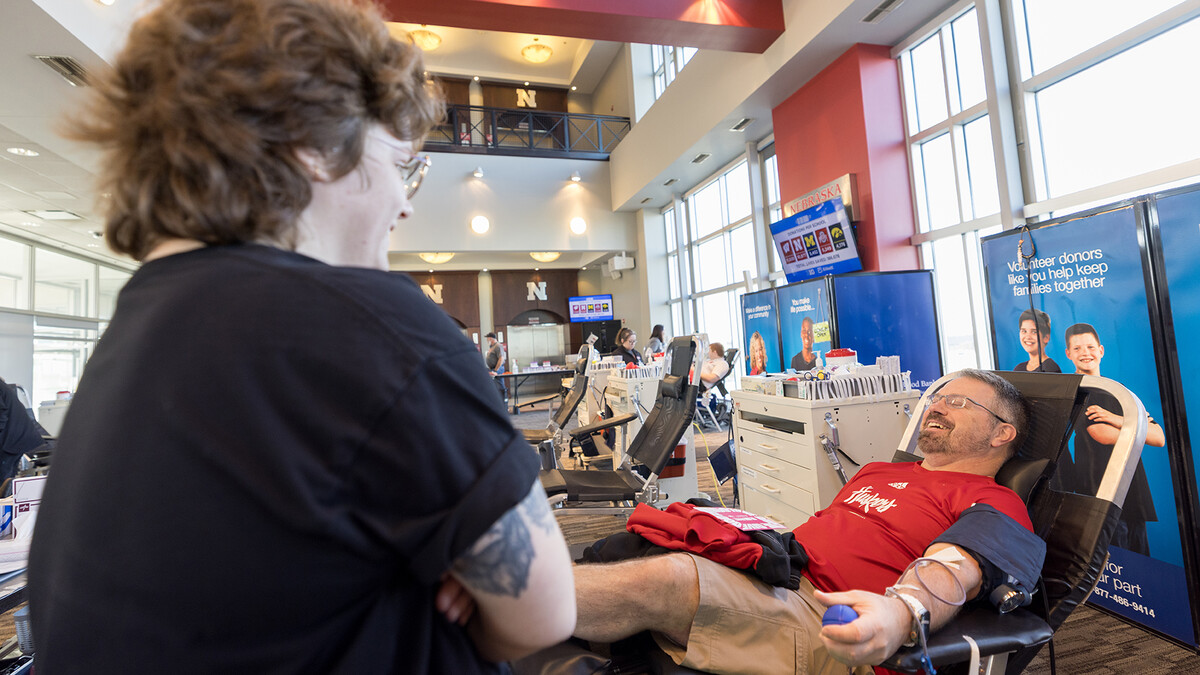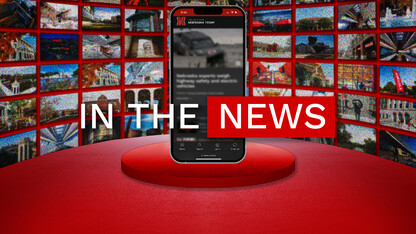
Imagine taking a tour of a castle built in the days of the Holy Roman Empire, or seeing firsthand what a long-destroyed Mayan temple looked like at the height of its glory.
At the University of Nebraska-Lincoln, technology makes historical sites come alive through virtual reality and 3-D modeling.
“Our students and faculty are doing amazing things with cutting-edge, immersive technology,” said LuAnn Wandsnider, chair of UNL’s Department of Anthropology. “They are reanimating cultural sites around the world.”
From 4:30 to 6:30 p.m. Feb. 18, the campus community can explore a number of ancient sites. As part of the department’s celebration of National Anthropology Day, Wandsnider and her colleagues will open up the department’s digital anthropology labs on the eighth floor of Oldfather Hall.
One project on display is a complete 3-D computer reconstruction of the Burg Hohenecken, a centuries-old castle in Germany that now lies in ruin. Graduate student Aaron Patte spent eight months in Germany making meticulous scans and taking photos of the ruins.
Through laser-scanning technology and photogrammetry – making measurements from photographs, especially for recovering the exact positions of surface points – the castle and its surroundings returned to simulated life.
“You can take virtual tours of it from anywhere in the world without having to be there,” Pattee said.
Pattee is also studying how the castle was used as a fortress built by the Holy Roman Empire in the 13th century and how its uses changed before it was destroyed by French troops in 1689.
“Building the 3-D model allows for better analysis of what happened to the castle, as well as aids its historical preservation,” Pattee said.
Lab visitors can also use Oculus Rift, a new virtual-reality technology, to tour an ancient Mayan temple recreated for the Maya City Builder project using procedural modeling. Procedural modeling uses Geographic Information Systems technology to transform 2-D features into 3-D recreations.
Viewers can be transported to the Mayan city of Copan, in modern-day Honduras, and into its temple.
Faculty and students will be available to demonstrate the technology and answer questions. At 5 p.m., a handful of graduate students will give lightning talks about their research.
The technology display is among a number of events to introduce anthropology to prospective students and to show current anthropology students the tools available to them.
“The core of anthropology is that it privileges both human evolutionary and cultural diversity and it integrates knowledge and learning across the humanities, the social sciences and the STEM disciplines,” Wandsnider said.
Anthropology Week began Feb. 15 with an undergraduate research fair and a panel discussion about career opportunities for students majoring in anthropology. The week concludes with a Feb. 19 panel discussion and informational sessions in 827 Oldfather Hall.
